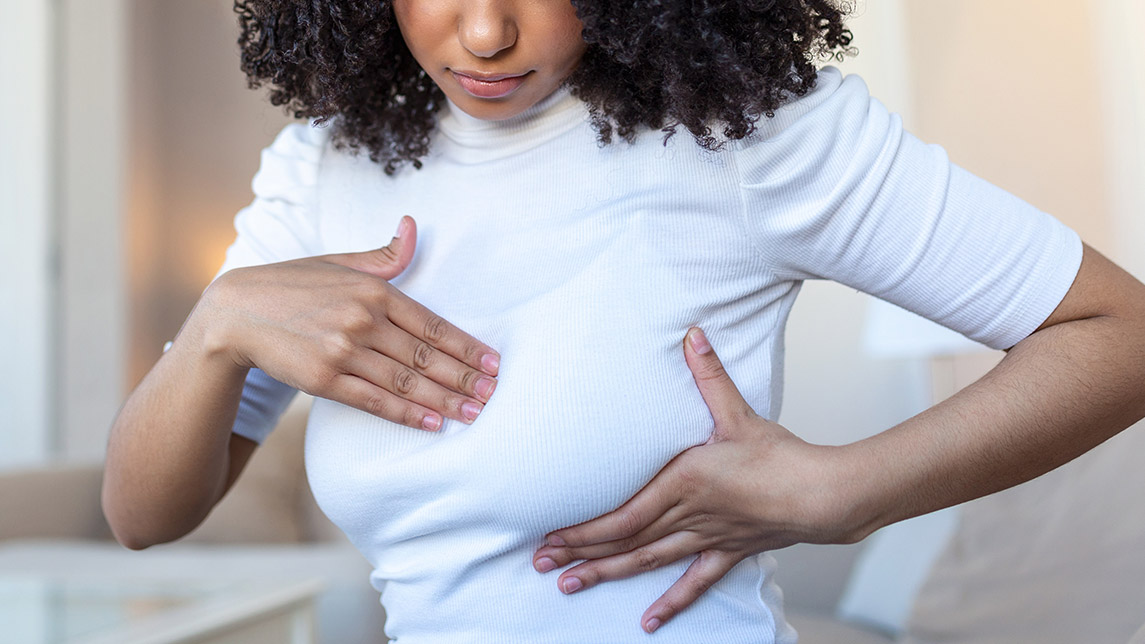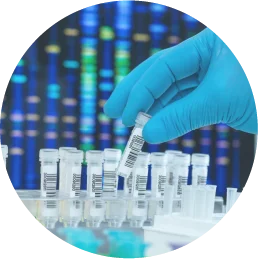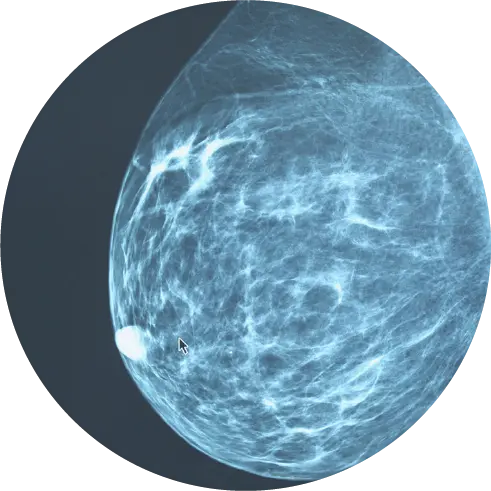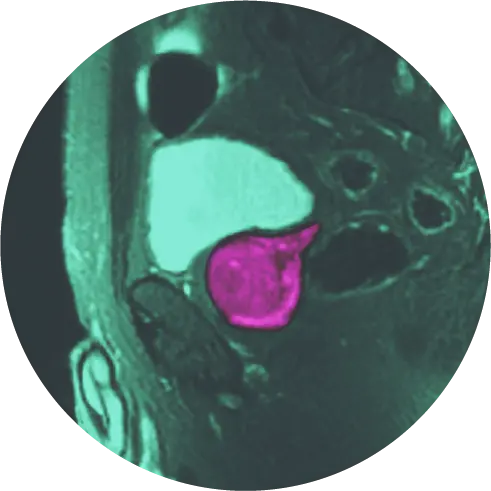Most women understand the importance of having regular mammograms once they reach the age of 40, or even sooner if they have certain risk factors. These mammograms, especially 3D ones, are the gold standard for identifying suspicious lumps and bumps that may need further diagnostics. However, women should also do something at home to identify changes in your breasts—a breast self-exam.
Below, we give you the details for how to perform a breast self-exam. You can perform this exam regularly in the privacy of your own home so that you can monitor, maintain, and stay proactive about good breast health.
Do Self-Exams Work?
Over the years, there has been some debate within the medical community about whether self-exams are effective at identifying suspicious lumps, and if they can positively shape outcomes for women with breast cancer. One recent study concluded that breast self-exams can help detect breast cancer and women should continue performing them.1
At HALO Precision Diagnostics, we believe in detecting cancer early. Detecting cancer early in stage 1 or 2 reduces the cost and quality-of-life impacts of more aggressive, later-stage disease treatment. Self-exams can be a vital tool and a great starting point for women to check for suspicious lumps. Women who find something will be more proactive about addressing the abnormalities in their breasts and can lead to doctor orders for more effective diagnostic services such as 3D mammograms, breast ultrasounds, and breast MRIs.
One reason why women may be hesitant to conduct breast self-exams is that they are unsure about how to conduct the exams and worry that they may be awkward or painful. The good news is that breast self-exams don’t need to cause any pain or discomfort, especially as you become more comfortable with doing them. Women should speak with their doctor about performing breast self-exams to decide when to start performing them and how often.
When Should You Be Doing a Breast Self-Exam?
If you and your doctor have decided to perform breast self-exams, you can repeat them regularly every month. According to most experts, the best time to do this is a few days after your period has ended.3 This is because of the natural ebb and flow of your hormones, and because your breasts are less likely to be swollen or tender during this time. If you’re not menstruating—for example, because you are pregnant or in menopause—write a monthly reminder on your calendar for the same day each month.
Our breast health experts at HALO also recommend that you and a friend, or family member such as your mother or sister, set a specific day every month to do your breast self-exam. We believe that this will help encourage you to create and maintain a consistent schedule of doing your personal check-in with your breasts once a month.
Start With a Visual Exam of Your Breasts
One of the most critical parts of any breast self-exam is also something that many women gloss over or simply skip, and that is the visual exam. This part of the exam requires you to stand in front of a mirror with good lighting and examine your breasts. You should do this both with your arms down by your side and with your arms raised over your head.
You may find yourself wondering what you are looking for. Even though the human body is never perfectly symmetrical, you are looking for noticeable changes in symmetry between your left and right breast that were not previously there. Also, be sure to keep your eyes open for any new rashes in or around your breasts, and pay particular attention to your nipples and any puckering that may have occurred in this area. Another potential warning sign to seek medical care is if your nipple is suddenly inverted.2
Remember, there is a degree of subjectivity involved in these visual exams. If you have any questions or lingering concerns that something seems different, don’t hesitate to reach out to your healthcare provider.
Also remember that when you are looking at your breasts to look at the areas surrounding the breast, including in the armpit. Breast tissue and lymph nodes extend far beyond what many of us think of as our breasts.
Hands-On Portion of the Self-Exam
Once you have completed the visual exam, it’s essential to move on to the hands-on part of your breast self-exam. Set aside time during your day when you’re not busy or stressed so that you can take the time to do a thorough exam.
We recommend you do this physical exam in two different positions: lying down and standing up. This minimizes the likelihood that you will miss any type of lump. In both positions, it’s essential to use a system to make sure that you cover all of your breast tissue, extending from the collarbone to the top of the abdomen and then around to the sides and armpits. You don’t want to inadvertently miss an area.
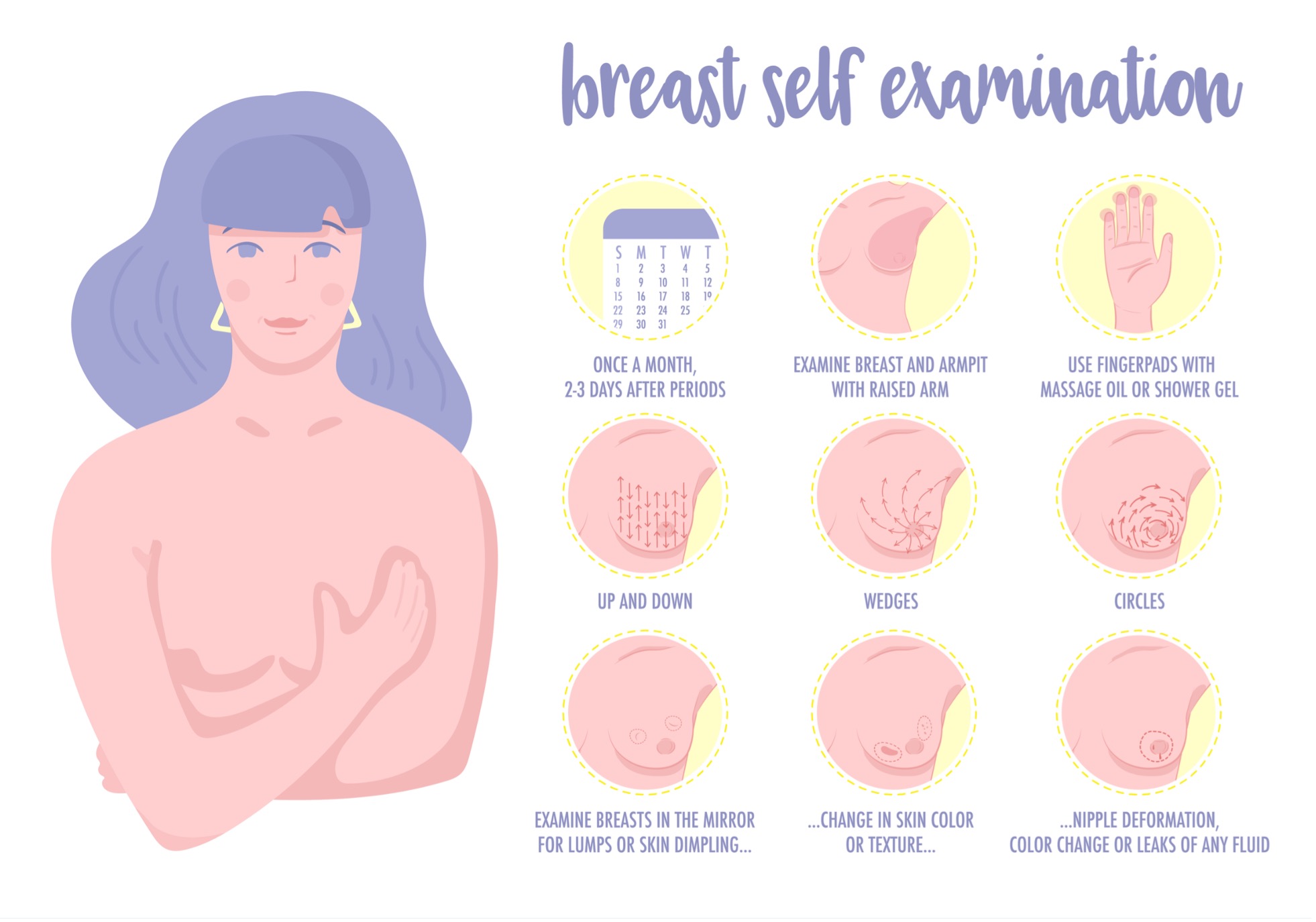
There are several systems that work for women to ensure that they get full coverage during their self-exam. One way is to use gentle circles starting from the nipple and extending outward. Another way is to do an up-and-down motion in rows, which some medical experts describe as the lawnmower approach. We suggest that you try both and see what approach feels the most comfortable for you. Everyone’s breasts are different, and what works for one person may not work for another. What is important is being consistent with your own breasts.
Whatever method you choose to ensure you get full coverage, you should use two or three fingers to apply pressure. Begin by applying gentle pressure to feel the tissue closer to the breast’s surface and then gradually move toward deeper pressure. This will allow you to notice any lumps or tissue that feels different than the rest of your breast.
If You Find Something During a Breast Self-Exam
It’s natural to feel some anxiety or trepidation if you discover a lump during a breast self-exam. However, there are some important things to remember, including the fact that many lumps are entirely benign (non-cancerous) in nature. Rather than jumping to conclusions, we suggest discussing the finding with your doctor to see if it is something that warrants concern.
If your doctor thinks something you found during a breast self-exam requires additional testing, take a deep breath and contact the HALO team of breast experts. We are happy to talk with you and discuss the next diagnostic test you may need. You can be confident that the team at HALO Precision Diagnostics and Precision Imaging Centers will always offer you the most up-to-date, gold-standard imaging services.
